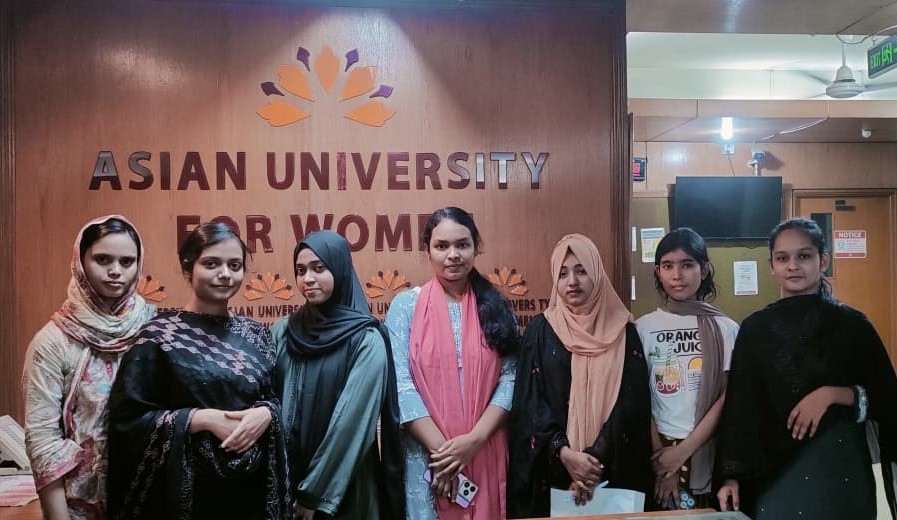Dawning of a New Era
What intrigued you to conduct such a survey on Bangladesh’s recruitment scenario? Tell us about the methodology of the survey
The Mercer Total Remuneration Survey (TRS) results provide you with comprehensive information on compensation and benefits. Human resource professionals from some of the world’s leading organizations obtain this information from Mercer because TRS provides consistent, accurate, high-quality compensation data covering the full reward package. With Compensation and Benefits being a key lever for employee attraction and retention, we believe that organizations in Bangladesh will greatly value from the intelligence our survey provides.
Mercer solicits participation from organizations both local and MNC operating in Bangladesh, for the Total Remuneration Survey, a post which, Mercer conducts mapping of organization’s benchmark positions to establish the link between organization jobs and the industry jobs. Once jobs are matched to provide an apples to apples comparison, detailed compensation and benefits data is collected from participating organizations. The data is processed through several quality checks to ensure consistency and accuracy, and then finally, the survey report is produced to provide job wise and job category wise market compensation levels on Fixed, Variable, and Total Pay.
What sort of technology-driven solutions do you provide for your clients?
The Mercer Total Remuneration Survey (TRS) results, which provide comprehensive information on compensation and benefits are fueled by Mercer’s Workforce Intelligence Network (Mercer WIN), an online platform. The Mercer Workforce Intelligence Network (Mercer WIN) is single-point access to Mercer’s unparalleled survey data and analytics. With Mercer WIN, clients can easily retrieve and synthesize vast amounts of data into usable packets of information relating to compensation and other HR issues.
Mercer WIN has powerful and flexible features that enable clients to access information readily and quickly via its easy-to-use, simple, and clear navigation functions. Clients can retrieve and compare data within and across industries, regions, and countries simultaneously. It allows clients to produce multi-market refinements in one view, and analyze and compare structure to market by a job, family, career level, and position class. It also helps generate customized charts, graphs, and reports at the click of a button.
Which industries are facing increasing levels of attrition? Why do you think this is so and how can it be tackled?
Consumer Industry has seen high churn in Bangladesh (attrition 18% in 2018). While we have seen a couple of large multi-nationals entering the market, some of them have also exited the country. This has led to high attrition this year where the skill set has remained diluted. Additionally, attrition has also gone up because of continued migration of talent to developed countries.
Digitization is the tool for survival. Along with embracing technology, how will human resources be developed? What are the most integral skillsets?
Jobs are no longer the organizing unit for work; rather, there is a redistribution of tasks between humans and machines, depending on who is best suited to do the job. As technology advances rapidly, companies across industries are at various stages of digital transformation. With the rise of new technologies, we will see the emergence of new roles associated with the design, development and maintenance of new technologies. Firms that want to be proactive in digitizing operations need to educate and train workers on a continuous basis so they have the analytical and social skills. The human workforce of the future will execute tasks requiring higher cognitive and emotive complexity, and activities requiring the application of general intelligence.
The top strategies that organizations are following to address the future of work are upskilling digital competence and reskilling talent, increasing access to online learning, deploying rapid internal skills training and stepping up career coaching.
What are the challenges of navigating through the evolving requirements of a digitized workforce?
Digital technology is disrupting industries and changing the way companies do business across all stages of the value chain: how they develop, market, produce, sell, and deliver products and services. Millennials, many of who hold new expectations and aspirations regarding work, career, and life, are soon to become the dominant workforce segment, while economic pressures have forced many people to extend their working lives beyond traditional retirement ages. In the midst of this sea of change, traditional jobs are being reconfigured and new skills are becoming critical to success, resulting in new requirements for the future workforce. As companies transform their business models and strategies to realize the opportunities of the digital revolution, they are challenged with defining their workforce for the future.
In the digital era, we anticipate a significant shift from the traditional model — in which employees apply their skills within fixed roles defined through organizational hierarchy — to a more dynamic model, with talented individuals applying skills in multiple, project-based settings.
The digitization of the enterprise is unlikely to deliver competitive advantage unless it is accompanied by a corresponding “humanization.” Jobs that in the past could be delivered on the merit of technical excellence will no longer be relevant if the job holder does not possess these critical human skills.
The increasing importance of scarce, higher order, critical skills that can be implemented in multiple project-based settings combined with innovative new technologies that allow companies to reliably engage with talent beyond the immediate organization gives rise to a new trend: the extended talent ecosystem. The challenge that companies face is to manage multiple talent pools in an integrated way, systematically covering all aspects of the HR value chain, but with differentiated strategies across the lifecycle for each talent pool.
The introduction of digital technology means that many companies will get existing jobs done with fewer people. The freeing up of resources will lead companies to re-evaluate the services they offer to their clients. What in the past was considered “premium” will become “standard.”
Which industries hold the most promise for the year 2019?
With the entrance of new players in the consumer goods market and with high attrition, we also expect positive hiring outlook in the industry, with organizations in the consumer goods sector likely to dole out 12% salary increase in 2019. Sustained economic growth has rapidly increased the demand for energy, transport and urbanization.
Bangladesh government is focusing on the infrastructural growth of the country and has invested in multiple development projects, which will result in growth of companies in the manufacturing sector (specially Cement and Steel organizations).















